The Phu An area contains a large-scale Champa religious architectural complex, dating from the 5th to the 15th century.
A significant Champa religious architectural complex has just been discovered at the Phu An ruins, through an archaeological excavation conducted by the University of Social Sciences and Humanities - Vietnam National University, Hanoi in collaboration with the Gia Lai Provincial Museum.
Initial discoveries from the excavation of Phu An ruins
Pursuant to Decision No. 1720/QD-BVHTTDL dated June 6, 2025 of the Ministry of Culture, Sports and Tourism, a large-scale archaeological excavation was carried out at the Phu An tower ruins, in Phu Hung village, Tay Son 3 commune. Under the professional direction of Dr. Nguyen Huu Manh (University of Social Sciences and Humanities - Vietnam National University, Hanoi), the archaeological team opened a total of 300m² of excavation in three main pits.
Ruin site plan on the final day of excavation.
Preliminary results show that the Phu An area is home to a large-scale Champa religious architectural complex, dating from the 5th to the 15th century. Although it has been severely damaged by farming and brick mining activities after the liberation, the remaining architectural vestiges still clearly demonstrate the sophisticated construction techniques of the ancient Cham people.
Among the total number of relics discovered, there are 6 important structures marked from 25.PA.KT01 to 25.PA.KT06. Notably, relic 25.PA.KT04, a U-shaped architectural foundation with three large stone bases, shows that this could be an important auxiliary structure serving religious activities. Accompanying relics such as bricks, leaf-shaped tiles, cow horn tiles and household ceramics are densely distributed around this architectural foundation, reflecting the solidity and scale of the structure.
Section I of relic 25.PA.KT03.
Dr. Nguyen Huu Manh said: “We have gradually identified the technical characteristics of Champa architecture through the system of stepped bricks, patterned bricks, and especially the technique of compacting soil to create a flat surface. The appearance of many types of bricks with special shapes, such as L-shaped bricks, stepped bricks or decorative bricks, shows the very high level of technique and art of the ancient Champa residents.”
In total, the excavation team collected 17,650 archaeological artifacts, of which the terracotta artifacts group accounted for almost 99.99%.
Notably, there are up to 14,098 bricks, of which 4,350 are intact or nearly intact, classified into three main groups: basic geometric bricks, special geometric bricks and bricks with carved decorative patterns.
Brick carved with human face.
In particular, the group of patterned bricks is a valuable discovery, with 32 specimens, including a brick carved into the shape of part of a human face, a rare shape in Champa architecture, reflecting unique beliefs and plastic arts.
In addition, the discovered tile group includes 3,443 pieces, mainly leaf-shaped tiles - a characteristic of Champa architectural roofs, along with ridge tiles and cow horn tiles used to decorate the roof corners. This tile system shows the development in roofing techniques and architectural aesthetics.
Ming Dynasty porcelain plate.
In addition, archaeologists also discovered 107 household ceramic artifacts, including terracotta, Vietnamese-Cham ceramics and 13 Chinese porcelain specimens. In particular, a porcelain plate dating from the Ming Dynasty (Thanh Hoa era, 1465-1487) was discovered, engraved with the words “大明成化年製” (Dai Minh Thanh Hoa era). This is an important document that helps determine the trade relationship between Champa residents and China in the medieval period.
The "Dai Guan Tong Bao" (Da Guan Tong Bao).
Two discovered Northern Song Dynasty bronze coins, including the “Jiayou Tongbao” (1056-1063) and “Daguan Tongbao” (1107-1110), further strengthen the information about the age of the Fu'en architectural complex, showing that this place was an important religious-residential center for many centuries.
Preserving Phu An ruins - urgent and synchronous action needed
Despite the discovery of many special values, the current state of conservation of Phu An ruins is at an alarming level. According to the archaeological team, many parts of the relic site have been excavated or renovated by local people to grow crops. The architectural remains are divided into three different mounds, making it difficult to determine the overall plan.
At present, it is not possible to reconstruct or determine the overall architectural plan of the entire complex because the main architectural part, which is likely located in the central area, has not been excavated. This requires further surveys and excavations on a larger scale and in greater depth.
Dr. Nguyen Huu Manh shared: “It is necessary to soon recognize this relic as a provincial relic, because currently there are only a few Champa relics in Gia Lai that have been excavated and have complete records. Continue to expand research and excavation, because the excavation area this time is limited (about 300 m2 ) and funding is limited. It is necessary to search for and excavate more ruins in the area, not just focusing on the temple ruins in the north of Gia Lai”.
A systematic and long-term conservation strategy is needed for the Champa architectural complex in Phu An.
From the perspective of local cultural management, Mr. Huynh Van Loi, Deputy Director of the Department of Culture, Sports and Tourism of Gia Lai province, emphasized that the discovery in Phu An has special significance to the history and culture of Gia Lai. Gia Lai will coordinate with the Ministry of Culture, Sports and Tourism as well as research institutes to continue exploiting, preserving and promoting the value of this relic.
According to cultural experts, the Phu An relic not only represents the unique construction technique of the Cham people, when they did not use stone but directly carved patterns on brick structures, but is also a vivid proof of cultural, religious and commercial exchange between Champa and regional cultures.
The discovery of Vietnamese ceramic specimens, Cham ceramics, Chinese porcelain and Northern Song coins at the same location shows that this was an important cultural connection center on the domestic and international trade routes in the medieval period.
The initial success of the excavation at Phu An opens a new phase in the research and conservation of Champa architecture in Gia Lai province. From a forgotten ruin, Phu An is gradually being restored to its rightful position in the flow of national culture. But in order for this heritage to not be lost, a systematic, long-term conservation strategy and the cooperation of the whole community are needed.
PHUC THANG
Source: https://nhandan.vn/can-bao-ton-kho-tang-di-san-quan-the-kien-truc-champa-tai-phu-an-post911328.html


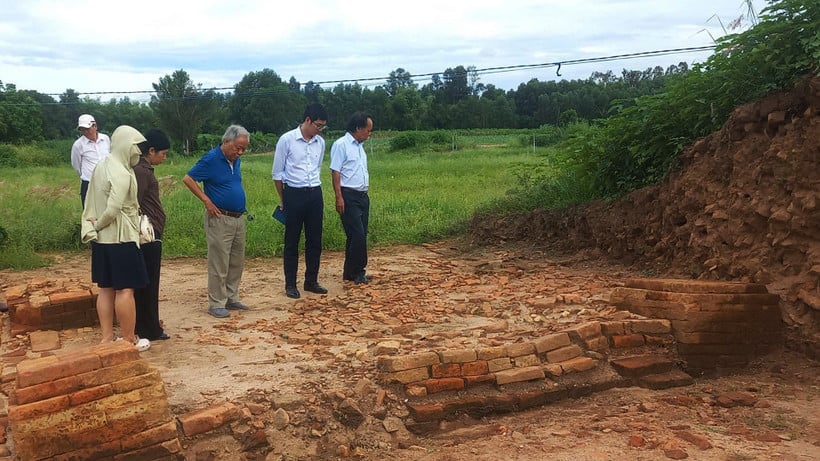
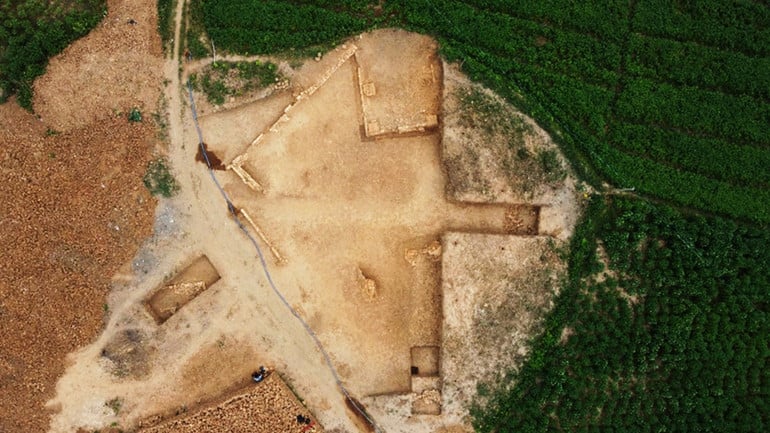
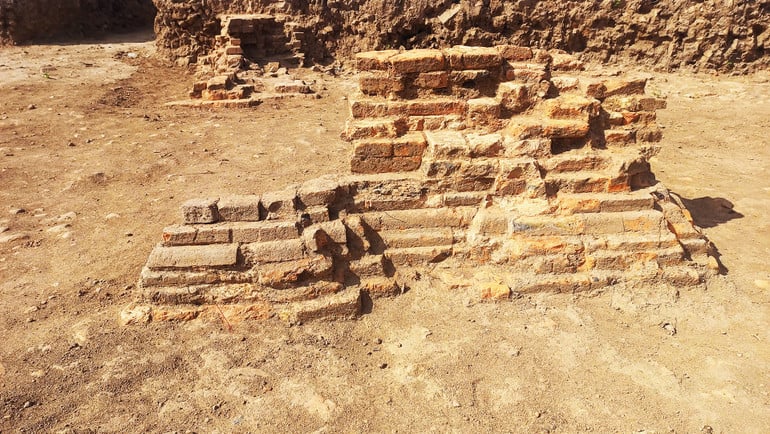
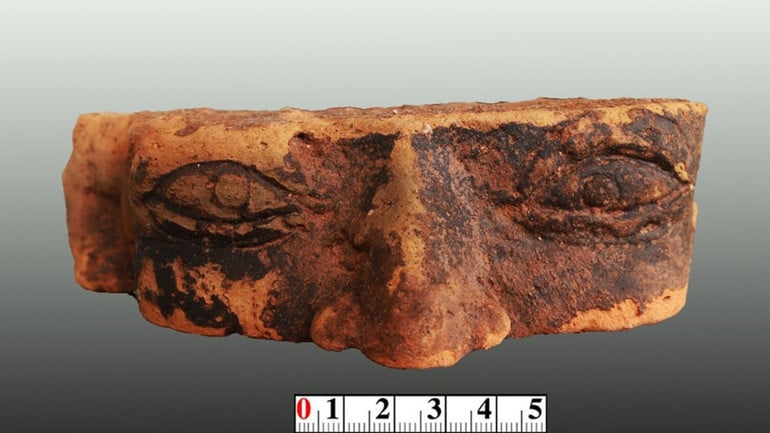
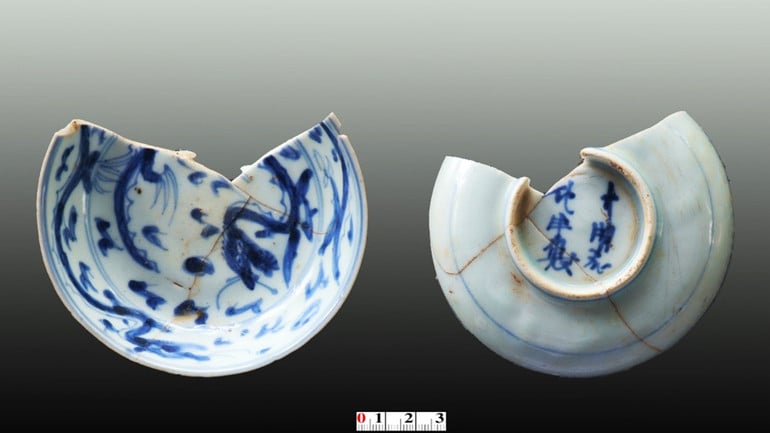
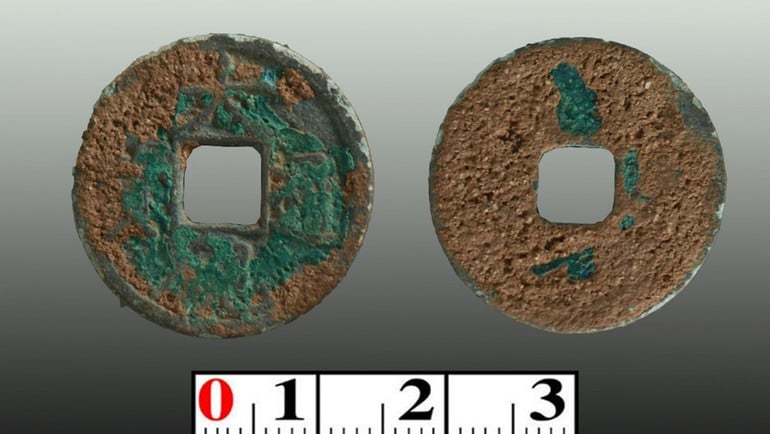
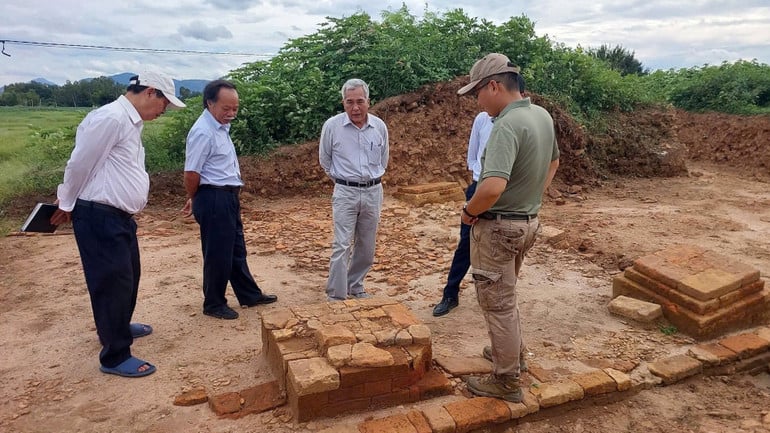


![[Photo] Prime Minister Pham Minh Chinh chairs the Government's online conference with localities](https://vphoto.vietnam.vn/thumb/1200x675/vietnam/resource/IMAGE/2025/10/5/264793cfb4404c63a701d235ff43e1bd)

![[Photo] Prime Minister Pham Minh Chinh launched a peak emulation campaign to achieve achievements in celebration of the 14th National Party Congress](https://vphoto.vietnam.vn/thumb/1200x675/vietnam/resource/IMAGE/2025/10/5/8869ec5cdbc740f58fbf2ae73f065076)



















![[Video] Jelly Mooncakes: New Colors for the Mid-Autumn Festival](https://vphoto.vietnam.vn/thumb/402x226/vietnam/resource/IMAGE/2025/10/5/abb1d390ee7f452b9110fca494ba0d77)
![[Video] Traditional moon cakes attract customers](https://vphoto.vietnam.vn/thumb/402x226/vietnam/resource/IMAGE/2025/10/5/0a98992e8c92419fa9ea507de23e365d)
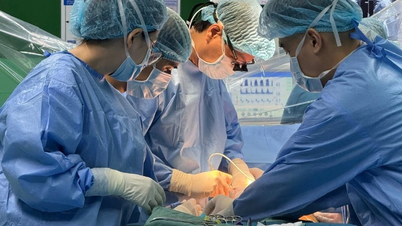















![[VIDEO] Summary of Petrovietnam's 50th Anniversary Ceremony](https://vphoto.vietnam.vn/thumb/402x226/vietnam/resource/IMAGE/2025/10/4/abe133bdb8114793a16d4fe3e5bd0f12)

![[VIDEO] GENERAL SECRETARY TO LAM AWARDS PETROVIETNAM 8 GOLDEN WORDS: "PIONEER - EXCELLENT - SUSTAINABLE - GLOBAL"](https://vphoto.vietnam.vn/thumb/402x226/vietnam/resource/IMAGE/2025/7/23/c2fdb48863e846cfa9fb8e6ea9cf44e7)

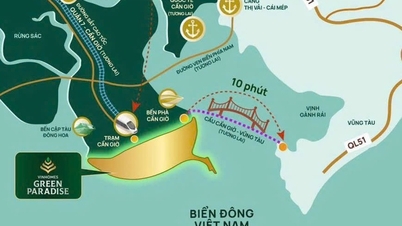

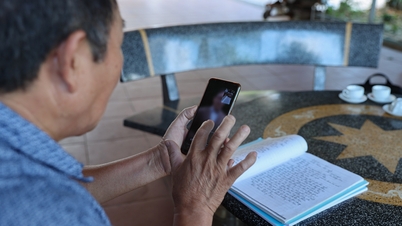










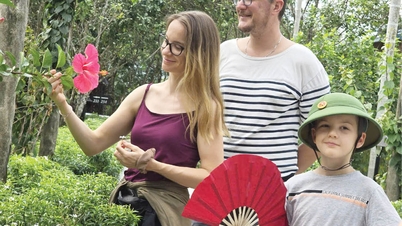

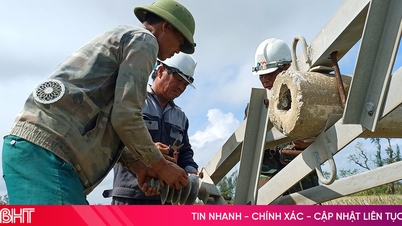

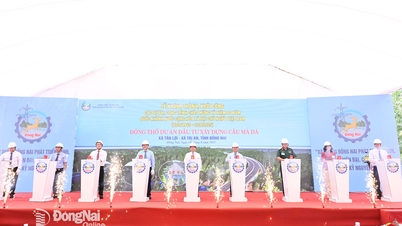



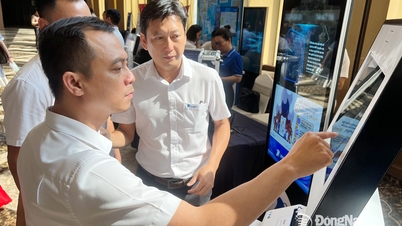















Comment (0)